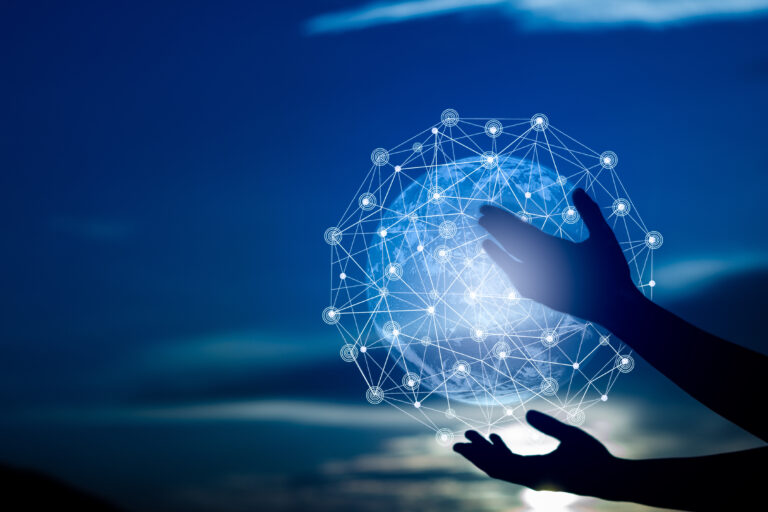Stephen Morrall and Sophia Smout discuss firing someone for gross misconduct in People Management

Stephen and Sophia’s article was published in People Management, 23 March 2023, and can be found here.
When can you fire someone for gross misconduct?
In principle, where an employer wants to terminate someone’s employment, they must be given due notice under their employment contract, or, if no notice is specified, a reasonable period of notice, subject to the statutory minimum. Where an employee has been continuously employed for more than two years, the employer must also ensure that the dismissal is fair: conduct (or misconduct) is one of the grounds for a fair dismissal, provided that the employer carries out the dismissal process in the proper way.
What is ‘gross misconduct’?
The law does not define gross misconduct. The ACAS Code of Practice on Disciplinary and Grievance Procedures says: Some acts, termed gross misconduct, are so serious in themselves or have such serious consequences that they may call for dismissal without notice for a first offence. But a fair disciplinary process should always be followed, before dismissing for gross misconduct.” Gross misconduct has also been described as conduct that “so undermines the relationship of trust and confidence … that [the employer] should no longer be required to retain [the employee] in his employment”[1]. Gross misconduct is like an elephant: easy to recognise but hard to define. The difficult job for the lawyer is to apply this unclear state of the law to the particular facts of a case.
The contractual position
Contracts of employment will usually permit the employer to terminate someone’s employment summarily without notice. Some contracts will list behaviours which could justify summary dismissal such as dishonesty, substance abuse at work, or repeated unauthorised absences and gross misconduct is often added as an undefined catch-all, left to be interpreted in light of the events. Case law suggests that gross misconduct must involve either gross negligence or deliberate wrongdoing, and must be serious, though not necessarily ‘reprehensible’[2]. Gross negligence is difficult to establish (what does the word gross add to negligence?) but the High Court has described it as a really serious failure to achieve the standard of skill and care objectively to be expected from [in this case] a social worker of the grade and experience of the claimant[3]. Deliberate wrongdoing will usually require an investigation into the circumstances. It could even include conduct occurring outside the workplace if it impacts the employer in some negative way[4] such as a post on social media which damages the employer’s reputation.
Unfair dismissal
Within the first two years of employment, it is usually easy to dismiss an employee by giving them their contractual notice. During this period, the question of unfair dismissal is not relevant except in limited circumstances, such as where the employer acts in a discriminatory manner. Once the employee has acquired the right not to be unfairly dismissed, the employer must satisfy a two-part test by showing, firstly, that the reason for dismissal is one of the statutory ‘fair’ reasons and, secondly, that it acted reasonably in treating it as a sufficient reason for dismissing the employee[5].
A dismissal can be fair if it is for a reason relating to the employee’s conduct. However, it is unlikely to be fair if the employer has not carried out a reasonable investigation into what the employee is alleged to have done. What constitutes a fair investigation will depend on the seriousness of the allegation, as well as the strength of the case against the employee an employee who is ‘caught in the act’ will require less investigating than unproven accusations will. Regardless of the facts, however, the investigation should be conducted as quickly as possible and be ‘even-handed’ in approach meaning the employer must consider evidence in support of the employee’s innocence as well as evidence indicating their guilt. This is particularly important if the employee is suspended while the investigation is underway and does not have access to colleagues or documents. An investigation is not precluded if an employee admits to an allegation, and consideration should still be given as to whether there were other circumstances, such as particular practices in the company or medical reasons, which might explain or mitigate the employee’s conduct.
The process should be done scrupulously in accordance with the employer’s disciplinary procedure (or if none, the ACAS Code of Practice). The employee must be told what allegations are being made against him and be given a fair opportunity to defend his position, ideally at a hearing in which he is permitted to be accompanied and to provide his own witness evidence, if applicable. If misconduct is established as a fair reason for dismissal (satisfying the first part of the test described above), the employer must also satisfy the second part of the test and show that it acted reasonably in all the circumstances (including the size and administrative resources of the employer’s undertaking) in treating the misconduct as a sufficient reason for dismissing the employee. This is determined in accordance with equity and the substantial merits of the case[6]. The employer carries the burden of proof to establish that it acted within the band of reasonable responses in treating the misconduct as sufficient reason to dismiss. A tribunal will review the employer’s reasoning for this and will need to be satisfied that the employer properly considered alternative sanctions such as warnings, additional training or supervision before concluding that dismissal was the only reasonable outcome in the circumstances. There will have to be a paper trail to prove this.
Conclusions
It will be a rare case that the employee’s behaviour is so egregious that the employer can sack him on the spot. Most cases will require an investigation, an opportunity for the employee to explain his conduct, and a consideration by the employer of all possible sanctions. This will test the effectiveness of the employer’s disciplinary procedure and management processes.
[1] Neary v Dean of Westminster [1999] IRLR 288
[2] CJD v Royal Bank of Scotland [2013] CSIH 86
[3] Dietmann v Brent London Borough Council [1987] ICR 737 (QBD)
[4] Singh v London Country Bus Services [1976]
[5] Employment Rights Act 1986, s.98
[6] Employment Rights Act 1986, s.98(4)




